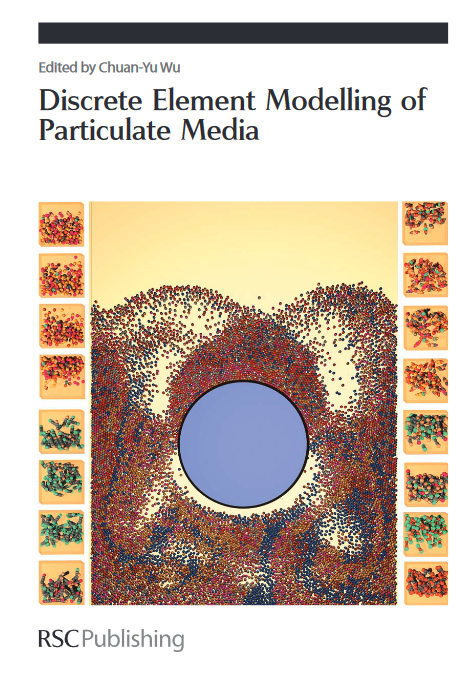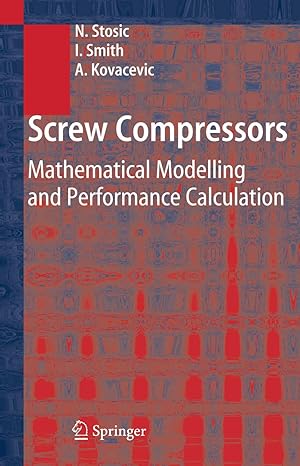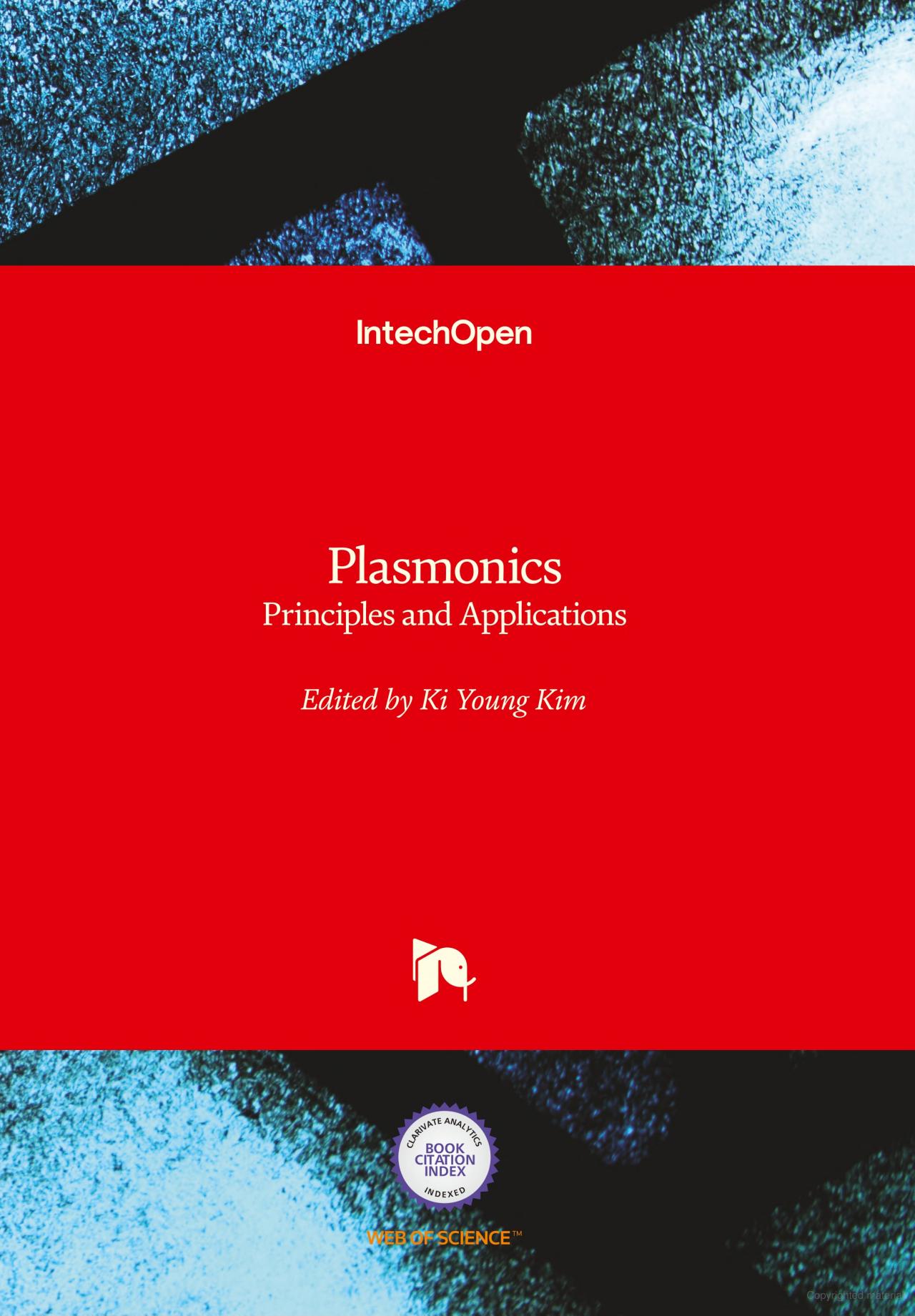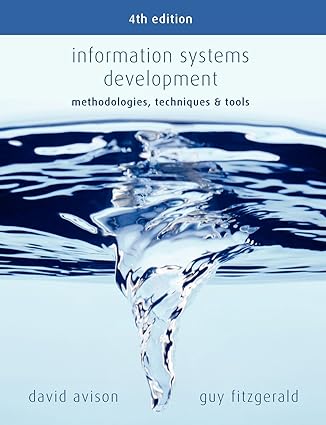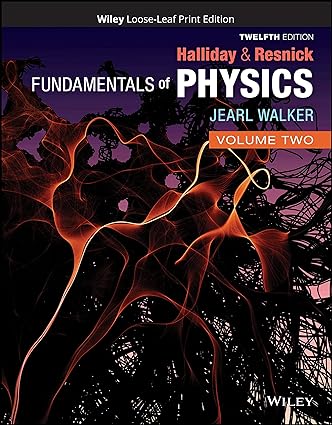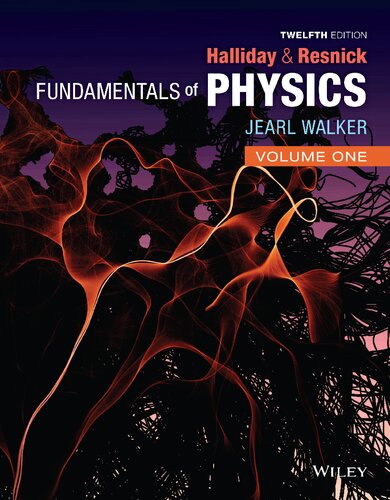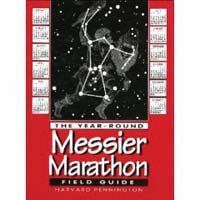4 Discrete Element Modelling of Particulate Media (2) where Pi, U and P are the fluid density, fluid velocity and pressure, respectively, sis the volumetric fraction of the fluid (or voidage ), 't" is the deviatoric stress tensor, S is the fluid- particle inter-phase momentum exchange density and g the acceleration of gravity. The corresponding equations for each particle of the solid phase follow the conventional DEM approach, i.e.: (3) (4) where m, V, I, a and a are the particle mass, volume, moment of inertia, linear and angular acceleration, respectively. The forces considered are gravity, contact forces fc, pressure gradient and drag force fd, in the order of appearance in Equation (3). Note that the last two terms arise from the interaction with the fluid. In the rotational direction only torques arising from contact forces are considered. Interphase coupling is achieved by connecting the momentum exchange density source termS in Equation (2) with the drag force acting on individual particles, i.e.: (5) where the w1 coefficient plays the role of distance weighting function per unit volume. 2.2 Drag force Expressions accounting for the influence of velocity and voidage on the drag force exerted on individual particles have been often derived based on established correlations for the pressure drop across fixed beds of a single material of diameter D. In general terms, the modulus of the dissipative pressure gradient is related to the modulus of the drag force by: (6) Extensive studies in the literature led to a number of common, relatively accurate expressions valid for monodisperse suspensions that cover many orders of magnitude of the Reynolds number and from dense packing to highly dilute systems, like the combination ofErgun 3 and Wen and Yu 5 or DiFelice's formula. 6 In the case of disperse systems or when multiple particulate solids are present simultaneously, the drag force acting on a particle becomes much more difficult to evaluate. This is also related to the fact that experimental accessibility to such datum is very limited. The first theoretical advancements indeed appeared as a result of fully resolved simulations of fluid flow through static arrays of spheres. In particular, van der Hoef et a1., 7 based on lattice-Boltzmann simulations of the flow through random arrays o
چکیده فارسی
4 مدلسازی عنصر گسسته محیط ذرات (2) که در آن Pi، U و P به ترتیب چگالی سیال، سرعت و فشار سیال هستند، یعنی کسر حجمی سیال (یا voidage)، 't' تنش انحرافی است. تانسور، S چگالی تبادل تکانه بین فازی سیال- ذره و g شتاب گرانش است. I، a و a به ترتیب جرم ذرات، حجم، ممان اینرسی، شتاب خطی و زاویه ای هستند. نیروهای در نظر گرفته شده عبارتند از گرانش، نیروهای تماس fc، گرادیان فشار و نیروی پسا fd، به ترتیب شکل ظاهری در رابطه (3). توجه داشته باشید که دو ترم آخر از برهمکنش با سیال ناشی می شود.در جهت چرخش فقط گشتاورهای ناشی از نیروهای تماس در نظر گرفته می شود. جفت بین فازی با اتصال منبع چگالی تبادل مومنتوم termS در معادله (2) با نیروی پسا عمل کننده حاصل می شود. روی ذرات منفرد، به عنوان مثال: (5) که در آن ضریب w1 نقش تابع وزن فاصله در واحد حجم را ایفا می کند. 2.2 نیروی کشش عباراتی که تأثیر سرعت و خلأ بر نیروی پسا اعمال شده بر ذرات منفرد را محاسبه می کند، اغلب بر اساس همبستگی های ثابت شده برای افت فشار در بسترهای ثابت یک ماده واحد با قطر D به دست آمده است. به طور کلی، مدول گرادیان فشار اتلافی با مدول نیروی پسا مرتبط است: (6) مطالعات گسترده در ادبیات منجر به تعدادی عبارات رایج و نسبتا دقیق معتبر برای تعلیق های تک پراکنده شد که مرتبه های بزرگی از عدد رینولدز و از متراکم را پوشش می دهد. بسته بندی به سیستم های بسیار رقیق، مانند ترکیب Ergun 3 و Wen و Yu 5 یا فرمول DiFelice. در مورد سیستم های پراکنده یا زمانی که چندین ذره جامد به طور همزمان وجود دارند، ارزیابی نیروی کششی که بر یک ذره وارد می شود بسیار دشوارتر می شود. این همچنین به این واقعیت مربوط می شود که دسترسی تجربی به چنین داده هایی بسیار محدود است. اولین پیشرفت های نظری در واقع در نتیجه شبیه سازی های کاملاً حل شده از جریان سیال از طریق آرایه های ساکن کره ها ظاهر شد. به طور خاص، van der Hoef et a1., 7 بر اساس شبیه سازی شبکه-بولتزمن جریان از طریق آرایه های تصادفی o
ادامه ...
بستن ...
The proceedings of the International Symposium on Discrete Element Modelling of
Particulate Media held at the University of Birmingham on 29-30 March 2012.
Special Publication No. 339
ISBN: 978-1-84973-360-1
A catalogue record for this book is available from the British Library
©The Royal Society of Chemistry 2012
All rights reserved
Apart from any fair dealing/or the purpose of research or private study for non-
commercial purposes. or criticism or review as permitted under the terms of the UK
Copyright, Designs and Patents Act, 1988 and the Copyright and Related Rights
Regulations 2003, this publication may not be reproduced, stored or transmitted, in any
form or by any means, without the prior permission in writing of The Royal Society of
Chemistry or the copyright owner, or in the case of reprographic reproduction only in
accordance with the terms of the licences issued by the Copyright Licensing Agency in the
UK, or in accordance with the terms of the licences issued by the appropriate
Reproduction Rights Organization outside the UK. Enquiries concerning reproduction
outside the terms stated here should be sent to The Royal Society of Chemistry at the
address printed on this page.
The RSC is not responsible for individual opinions expressed in this work.
Published by The Royal Society of Chemistry,
Thomas Graham House, Science Park, Milton Road,
Cambridge CB4 OWF, UK
Registered Charity Number 207890
For further information see our web site at www.rsc.org
Printed in the United Kingdom by CPI Group (UK) Ltd, Croydon, CRO 4YY, UK
ادامه ...
بستن ...
